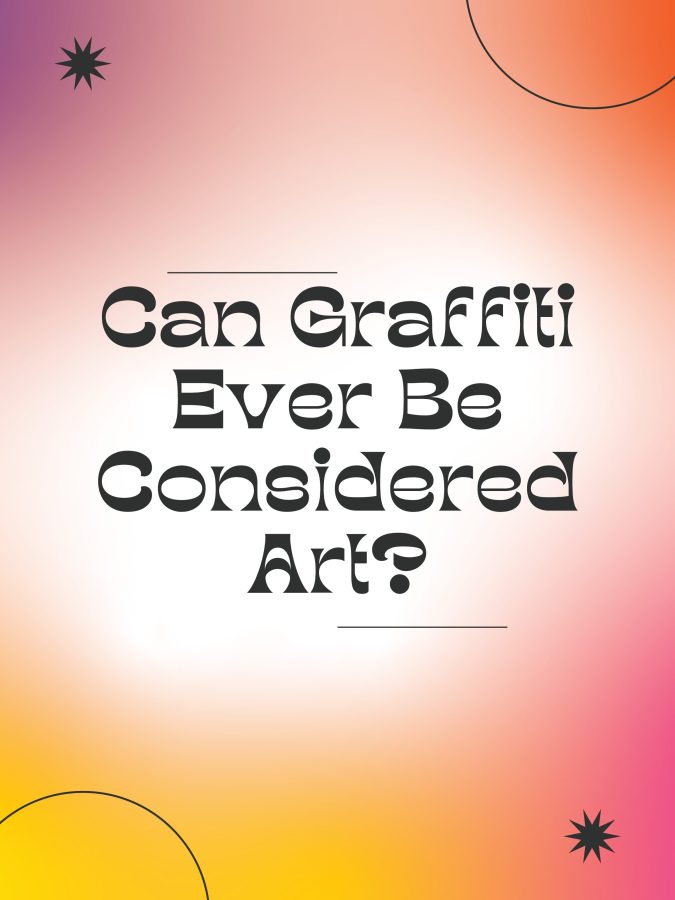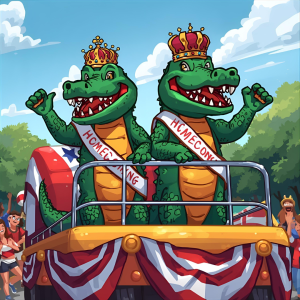Can Graffiti Ever Be Considered Art?
April 29, 2022
According to Britannica, “Graffiti is a form of visual communication, usually illegal, involving the unauthorized marking of public space by an individual or group.” Art is defined as, “the expression or application of human creative skill and imagination, typically in a visual form such as painting or sculpture, producing works to be appreciated primarily for their beauty or emotional power.”
Why do people graffiti in the first place? Well, graffiti can be used to tell a story, describe people or events, or just another form of expression.
Graffiti is not always illegal. In the case that the graffiti is expressed on public property, it is considered vandalism. According to Vox, “North Carolina is making graffiti into a felony. North Carolina legislators voted this week to create the new crime of “graffiti vandalism” to punish people who spray paint on or deface public property, and to make three convictions of this crime a felony, the Associated Press reports.” Most graffiti art can be found in transportation systems and public building walls. Without permission, designing and expressing art on public property is vandalism.
Like other forms of art, graffiti can be legal. There are many successful graffiti artists who design murals and sell canvases of their artwork. Some popular graffiti artists include Banksy, Shepard Fairey, and Lady Pink.
There are certain techniques and styles for making graffiti. Some include stencil, wildstyle, blockbuster, throw-ups, and tags. All of these styles are unique in their own way. The first and easiest style tags. Graffiti has the same elements art does; line, shape, and form.
Overall graffiti is considered art if it is legal. If it is illegal it is considered vandalism and disrespectful.








